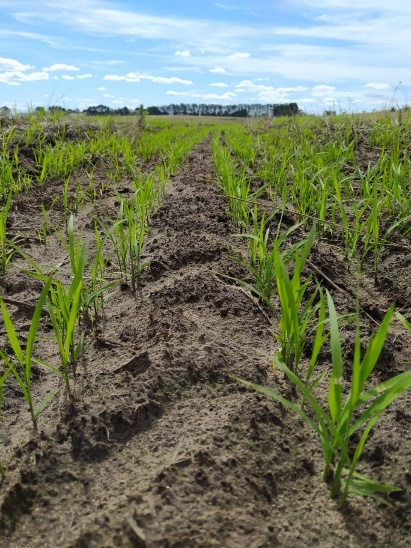Rice is one of the most produced and consumed cereals in the world. In Brazil, Rio Grande do Sul is the largest state producing the crop, with an average share of 70% in national production, followed by Santa Catarina.
Rice productivity can be affected by some factors, such as inadequate soil and water management, weed incidence and low quality seeds.
When it comes to weeds, the application of herbicides in pre-emergence is increasingly becoming a profitable alternative, since it provides less competition for water, nutrients and light since the beginning of the crop's development.
What is the ideal time to apply?
The ideal application time is the S3 stage, also known as the “needle point” of rice plants. To choose the pre-emergence and its respective dose of use, we took into account the type of soil, sowing time, climatic condition and history of predominant weeds in each area, as well as possible resistance to certain chemical groups.
Does the use of pre-emergence replace the use of post-emergence herbicides?
The use of pre-emergence does not replace the use of post-emergence herbicides, they are only responsible for delivering the crop with a smaller number of plants, which leads us to obtain a more efficient control. As we can see in an already established farm:

Management must be thought of as a production system that encompasses the use of certified seeds, well-planned crop rotations, the use of herbicides with different mechanisms of action and the correct use of pre-emergents.
Conclusion:
To be successful in rice farming, there is no isolated practice that delivers a weed-free crop with high productive potential, but the sum of well thought-out actions. Planned attitudes give us sustainability, safety and longevity in the activity.




